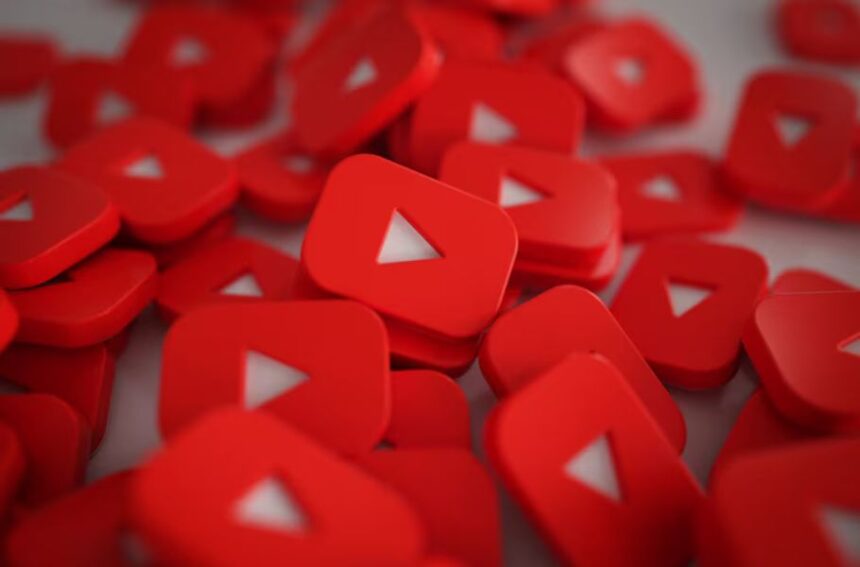In the ever-evolving world of online content, YouTube drama channels have carved out a curious space one that is equal parts fascinating, chaotic, and oddly intimate. These channels don’t just cover stories; they often become part of the story. Centered on creators, controversies, and digital moments that spread like wildfire, they’ve grown into small, gossip-fueled ecosystems sometimes isolated from the broader online world, yet deeply engaging for those tuned in.
A World Built on Commentary, Not Conflict YouTube drama channels
At first glance, it might seem like drama channels exist just to stir the pot but the reality is often more nuanced. Many of these creators don’t set out to attack or tear down; instead, they see themselves as digital commentators observing the ripple effects of online behavior. Whether it’s analyzing sudden fallout between influencers or sharing updates on a trending topic, drama channels tap into the public’s curiosity rather than manufacturing conflict. Often, viewers turn to these creators not for sensationalism, but for clarity a breakdown of events, context behind cryptic tweets, or simply an unbiased voice navigating the noise. In this way, the content becomes less about drama, and more about understanding the moving parts of the internet’s most-talked-about moments.
The Comfort of Consistency in an Unpredictable Space
What’s especially interesting is how these YouTube drama channels tend to build tight-knit communities. Regular viewers come back for familiar voices, recognizable formats, and a style of storytelling that feels almost like catching up with an old friend. There’s something comforting in the consistency even when the content is unpredictable. And within this world, names become recurring characters. Storylines feel like episodes. The highs and lows of content creators’ lives are discussed with the same intensity as one might talk about a popular TV series. This structure, while seemingly chaotic, provides a kind of rhythm that loyal audiences grow attached to.
The Echo Chamber Effect: When a World Feels Cut Off
One of the more complex elements of the YouTube drama channels space is its tendency to feel self-contained. The same controversies can echo for weeks, with reactions to reactions becoming stories of their own. For those inside the loop, it’s engaging. For outsiders, it can feel confusing almost like walking into the middle of a conversation that never really ends. This isolation isn’t always intentional, but it’s noticeable. As drama channels cover each other, respond to critiques, and dive deep into micro-details, the content sometimes becomes more about the commentary itself than the original issue. It’s an ecosystem feeding on its own momentum fascinating, but also emotionally intense for creators and viewers alike.
The Emotional Labor behind the Screen
While viewers might see polished thumbnails and well-edited breakdowns, drama channels often involve a great deal of emotional labor. Researching,
Fact-checking, watching hours of footage, and carefully choosing words to avoid misrepresentation it all takes time and mental energy. And since many of these creators cover sensitive topics, the responsibility to be fair and thoughtful weighs heavily. There’s also the personal toll. Being immersed in internet drama day after day can affect one’s mindset. Many creators speak openly about the importance of taking breaks, setting boundaries, and remembering that real people are at the heart of the content.
Reflecting a Larger Digital Culture
Ultimately, YouTube drama channels mirror something much larger the way we interact online. They showcase how quickly information spreads, how public personas are shaped, and how invested audiences become in the lives of people they’ve never met. It’s not just about gossip; it’s about how we consume stories in the digital age, and how platforms have blurred the line between creator and consumer, observer and participant.
(FAQs)
1. What exactly is a YouTube drama channels?
A YouTube drama channel is a type of content channel that focuses on covering online controversies, public disagreements, or trending topics related to creators, influencers, and digital personalities. These channels often offer commentary, analysis, and updates on what’s happening in the world of social media.
2. Are drama channels considered negative or harmful?
Not necessarily. While some may associate the word “drama” with negativity, many drama channels focus on providing information, context, and thoughtful commentary rather than promoting conflict. It really depends on the tone and intention of the individual creator.
3. Why do people watch drama channels?
Viewers are often drawn in by curiosity and the desire to stay updated on their favorite creators or online trends. For many, drama channels serve as a way to understand the bigger picture and see events from different perspectives especially when online situations become confusing or fast-moving.
4. Do creators ever respond to YouTube drama channels?
Yes, quite often. Some creators choose to address what’s being said about them, while others may avoid engagement altogether. In some cases, a respectful back-and-forth can lead to clarity or even resolution, but other times it can escalate the situation if not handled carefully.
5. Is watching drama content considered toxic?
It depends on how it’s consumed. Watching occasionally out of interest or to understand a situation isn’t necessarily harmful. But if it becomes a daily habit filled with negativity or personal attacks, it’s worth taking a step back. Healthy engagement means staying curious without losing compassion.
Conclusion
The world of YouTube drama channels is layered. It’s a space where curiosity meets commentary, and where online behavior is not just watched, but analyzed in real time. For some, it’s entertainment. For others, it’s a community. But for everyone involved, it’s a reminder that the internet is not just a place it’s a living, breathing culture of its own. As we continue to engage with these spaces, it’s worth doing so with empathy understanding that behind every story is a person, and behind every video is a choice. The drama may be digital, but its impact can be deeply real.





